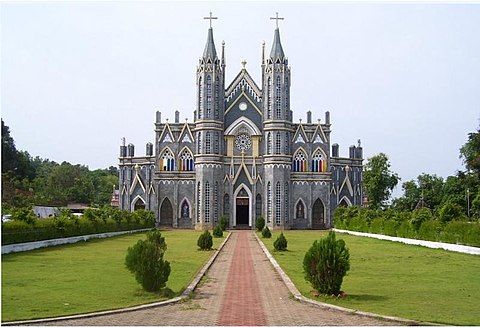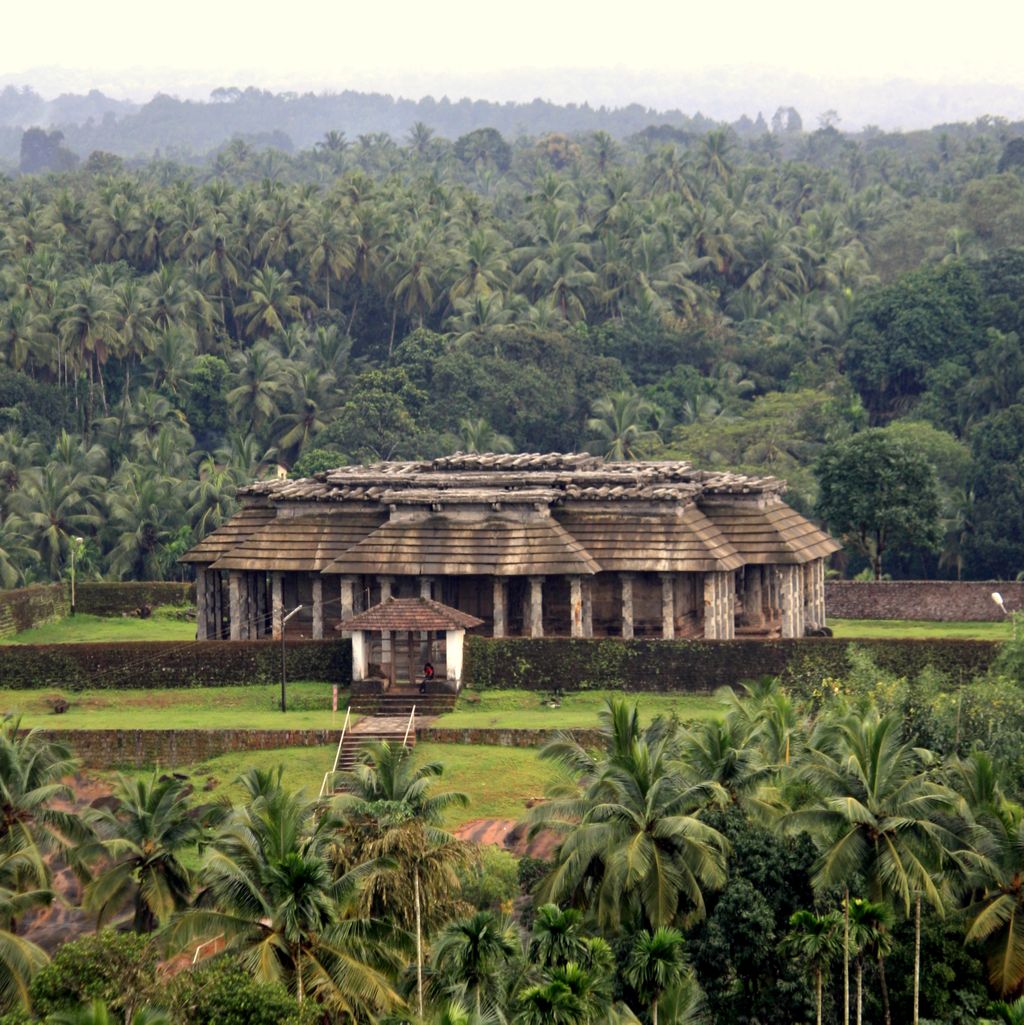Karkala - My Hometown.
May 29, 2019 • 140 views
Located about 60 km from Mangalore, Karkala lies near the Western Ghats. The name is said to be derived from “Kari- Kala” which means “Black stone” in Kannada because the town is on top of a thick black granite bed. With a population of about 26,000 people, Karkala has a mixture of Tulu, Konkani and Jain people.
The Konkanis and Kannadigas call the place “Karkala”,where the Tulu people call it “Karla” and the Roman Catholics call it “Karikol”. Karkala is known for its religious and historic importance. It’s a land of several temples and historic monuments. It was also declared as a World Heritage site by UNESCO.
There are a lot of places that one has to visit when one goes to Karkala. Here are three such places.
1. Attur Church (St. Lawrence Minor Basilica)

Located at Attur, Karkala, this gothic church was built in 1759 and consecrated in 1901. The history dates back to the 18th century when Christians suffered captivity under Tippu Sultan. The old parish church was demolished and the devotees of St. Lawrence and a Goan priest took the wooden statue of St. Lawrence and started searching for a place to build a new shrine. They crossed the Ramasamudra, Karkala and stopped at a place that had a spring of water to quench their thirst. They put the statue on ground as they were tired and went to drink water. When they thought of resuming the journey, the statue couldn’t be lifted. It was firm and immovable. The priest then decided that the church would be built in this particular place.
Every year in January, people from all castes and creeds attend the Attur Jatare (festival). The speciality of this festival is that the money that is collected from selling all the candles is used to provide food to the poor.
2. Chaturmukha Basadi

This Jain temple is located on a Rocky hill in Karkala. It was built at the end of 15th century by Virpandaya Deva, a Jain King, whereas the design and construction is attributed to Queen Channabhairadevi. It gets the name because it has four identical doorways or entrance (chaturmukha) that leads to the garbhagruha. The passage around garbhagruha features 108 stone pillars which is thought to be pious as it sums up to 9, the perfect vedic number.
According to a legend, the construction of the temple is so accurate that if you see through the legs of the particular statue, you can see the face of Lord Bahubali (Gomateshwara) that is situated opposite to the temple.
3. Gomateshwara Statue. (Gummodu betta)

This monolithic statue is 42 feet high and was built by King Vir Pandya in CE 1432 as a tribute to the Jain thirtankara, Bahubali (Gomateshwar) who was a prince. After he defeated his elder brother in a battle, his guilt made King Bahubali go to Mount Kailash where he meditated by standing erect. He stood so still for a year that vegetation and ant hills grew around his legs making him a part of the place where he stood.The statue also has carved creepers around the legs of the Thirtankara which makes the statue unique.
The statue is in the centre of Karkala and is bang opposite to Chaturmukha Basadi. The hill is carved into steps that form a path to the statue. One can opt climbing these 500 or so steps to reach the statue, however the speciality is that the statue cannot be viewed until you reach the last step. The Mastakabhisheka is held every 12 years in which the statue is bathed with water, saffron, milk, turmeric, honey and sandal wood.
There are several other traditions that are famous in Karkala like Yakshagana, Bhuta Kolu, Rathotsava, Deepotsava etc. The Karkala Theru (Rathotsava) is the most awaited of all. Information about it will be given in the next article.
